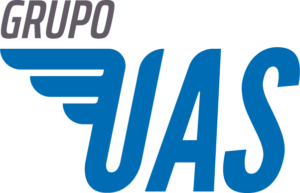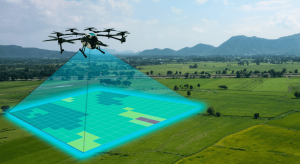Hello to all drone enthusiasts! In this article, we are going to clear all the doubts you may have about obtaining the AESA authorization for some drone operations so that you can carry out these operations in a legal manner. Therefore, if you are a drone operator or if you are thinking about becoming one, you can’t miss this post. But if you want someone to help you with all this hassle contact us:
When should I apply for an authorization at AESA?
If you are planning to conduct operations with drones that do not fit in open category or specific category under a standard STS-ES-01 or STS-ES-02 scenario, it is crucial to apply for an operational authorization from AESA (Agencia Estatal de Seguridad Aérea) in order to be able to operate your drone. According to Article 5 of Commission Implementing Regulation (EU) 2019/947, operational authorization is required when the operation cannot be carried out within the limits of the open category or does not match the standard scenarios of the specific category, such as autonomous operations, operations with drones over 25 kg, operations over 120 mt height, operations in BVLOS over 2 km, etc.
In case your operation matches any standard scenarios, you have the option to submit an operational declaration of conformity. These declarations are valid until December 31th, 2025 if submitted by August 30th, 2024. From January 1st, 2024, you will also be able to submit them for European standard scenarios but only for drone operations with Class C5 and C6 markings.
Operational statements for standard scenarios
Standard scenarios STS-ES-01 and STS-ES-02 are medium risk operations with mitigation measures already assessed by EASA. When submitting an operational declaration, be sure to include administrative information on the drone to be used and the type of scenario you are using, a statement of compliance with the scenario requirements, a commitment to implement safety measures, the compliance requirements for each scenario and confirmation of having an aircraft liability insurance policy for each flight. You can submit these declarations telematically through AESA’s electronic headquarters, but if you need help, at Grupo UAS we are here to guide you.
Operational Authorization: Risk Assessment
Operational authorization is based on risk assessment.
- If your operation complies with a Predefined Risk Assessment (PDRA) published by EASA, your application must include compliance with the indicated mitigating measures, operations manual, aircraft characterization and confirmation of adequate insurance. For operations in controlled airspace, coordinate with the air traffic service provider through an EARO.
- Otherwise, if you are not PDRA compliant, submit the CONOPS risk assessment of the operation, the operations manual, aircraft characterization guidance material, maintenance instructions and records, confirmation of insurance, and evidence of compliance with safety objectives. Remember to coordinate with the air traffic service provider if your operation is in controlled airspace.
What operations require an EASA authorization?
It is essential to understand which operations require an AESA operational authorization. If your operation fits the standard scenarios (STS-ES.01, STS-ES.02), you can make an operational declaration. However, if the operation does not fit these standard scenarios, you will need to apply for a drone operational authorization, which is issued in Spain by AESA.
Remember that these authorizations are essential and mandatory to ensure regulatory compliance and safety in your drone operations. At Grupo UAS we are here to guide you through this process, making sure that every detail complies with the requirements established by European regulations and the Spanish Aviation Safety Agency.
How to apply for this authorization at AESA?
To simplify this process, you can apply for authorization through the AESA website, but before doing it, make sure you are registered as a UAS operator with AESA. Once registered, you will be able to attach all the specific documentation necessary to support your authorization request.
Remember that the documentation must be accurate and complete, ranging from administrative details to technical information about this type of operation and the aircraft. At Grupo UAS, we understand that this process can seem overwhelming, but we are here to offer you advice and assistance every step of the way. Your peace of mind and the legality of your operations are our priority.
With these clear and simple steps, you are one step closer to obtain the AESA drone authorization and be able to perform your UAS operations in a legal and safe way. If you need more information or assistance, do not hesitate to contact us!



